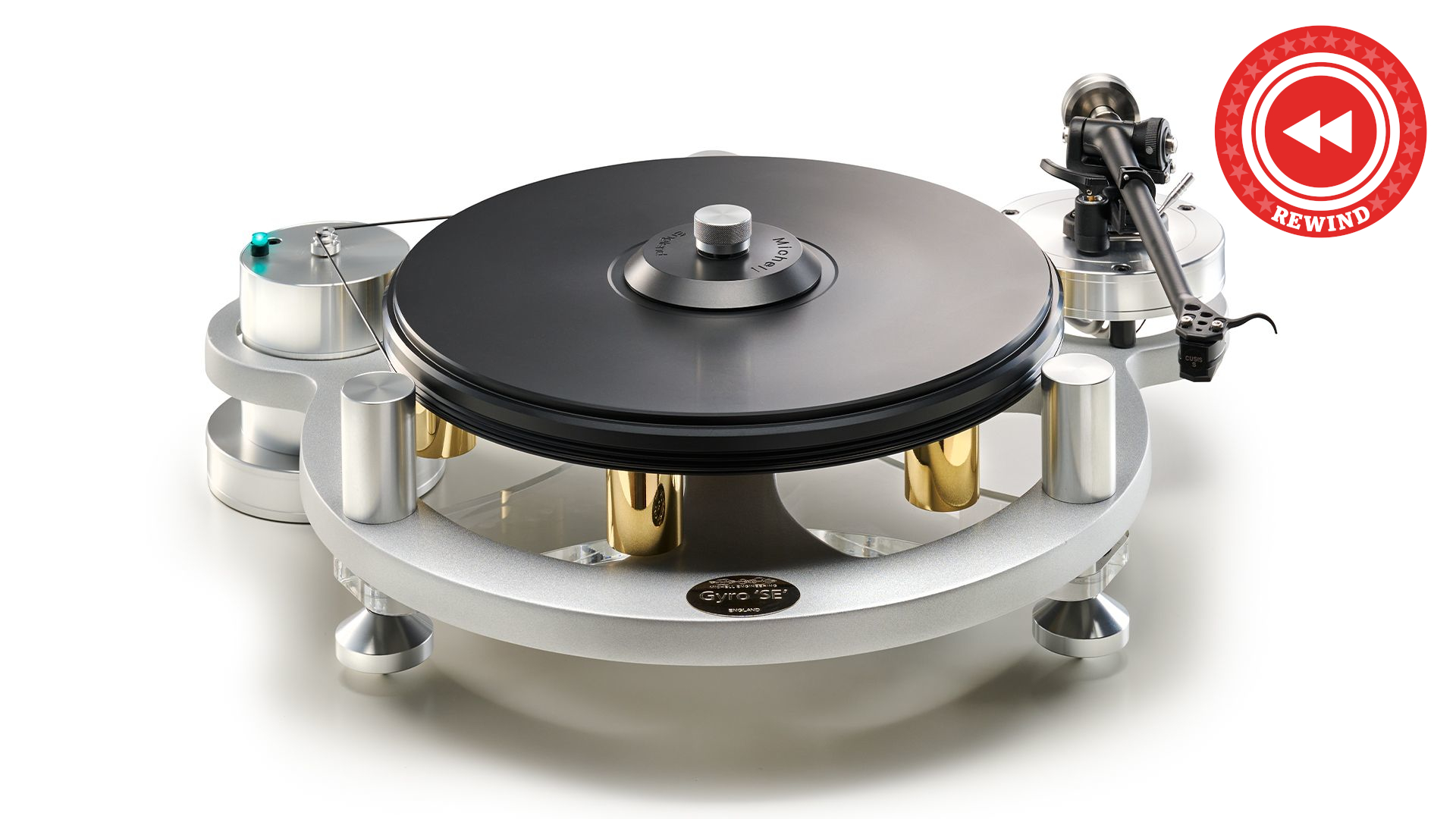A trowel (/ˈtraʊ.əl/), in the hands of an archaeologist, is like a trusty sidekick — a tiny, yet mighty, instrument that uncovers ancient secrets, one well-placed scoop at a time. It’s the Sherlock Holmes of the excavation site, revealing clues about the past with every delicate swipe.
Are you fond of KBL (kadios, baboy, and langka), a dish that has warmed the hearts and bellies of the Ilonggo for generations? And let’s not forget its Ilocano cousin, binisang (sautéed) kardis . Oh, and how can we not mention the tradition of eating ginisang munggo on Fridays? These dishes feature a key ingredient: legumes. Whether it’s the pigeon pea, kadyos , or mung beans, they’ve become household staples.
But here’s where things get interesting — these humble legumes and even some other ingredients in KBL aren’t originally from the Philippines. They’re the unexpected guests who arrive without an invitation but quickly become the heart of the gathering. Take the pigeon pea (scientific name: Cajanus cajan ), for example.
Its roots trace back to the Indian subcontinent, where it was domesticated around 3,500 years ago. Domestication is like plant matchmaking; it’s a process where humans take wild plants and select them for traits that make them more usable — think bigger seeds, better flavor, and the ability to grow without throwing too many tantrums about the weather. It transformed the pigeon pea into a versatile, nutrient-packed legume that could grow in various .


















